(Spoiler: The sun’s brutal—but great film can take the heat.)
Arizona drivers don’t need a weather report to know what’s coming:
- 🌡️ Scorching UV rays
- 🌬️ Desert winds full of dust and debris
- 🌧️ Sudden monsoon storms
- 🧂 Dry air, salty roads, and summer-soaked parking lots
It’s beautiful—but it’s brutal on your car’s paint.
So how does Paint Protection Film (PPF) hold up in conditions like that?
Let’s talk about how long it actually lasts in the desert—and how to protect your investment.
🔥 The Truth: Heat Accelerates Wear on Everything
Extreme heat doesn’t “melt” PPF… but it can wear it down faster if:
- The film is low quality
- The install wasn’t done properly
- You never wash or protect the surface
- You park outside 24/7 without shade or cover
Here’s what unchecked Arizona exposure can cause:
- ☀️ UV breakdown = discoloration or hazing
- ↔️ Expansion and contraction = edge lifting or shrinking
- 🛣️ Road grime + dust = faster wear, pitting, and etching
🧪 Not All Films Are Built for the Desert
High-quality PPF is engineered for harsh environments. The best brands (like XPEL Ultimate Plus, STEK DynoShield, and 3M Pro) offer:
- ✅ UV-resistant topcoats
- ✅ Self-healing layers that activate under heat
- ✅ Non-yellowing adhesives
- ✅ 10-year manufacturer warranties in high-sun regions
Cheaper films?
They crack, yellow, shrink, and fail—especially in Arizona.
🧼 Want Your Film to Last 7–10 Years in Arizona? Here’s How:
- ✅ Wash regularly – Dust and UV together = baked-on grime
- ✅ Use PPF-safe soap – No abrasives, no waxes
- ✅ Avoid pressure washing near edges – It weakens seams over time
- ✅ Park in shade when possible – UV exposure is cumulative
- ✅ Consider ceramic coating over the film – Adds UV and chemical resistance
- ✅ Choose certified installers using premium film – Prep and product matter most in the desert
🧠 Marketing Truth: Arizona Will Test Any Product
Arizona’s heat is unforgiving.
And it exposes cheap shortcuts fast.
If your PPF starts peeling, cracking, or yellowing in 12–24 months, you weren’t sold a desert-ready solution.
At Clear Cut Glass, we only install films that are proven to perform in this climate—with real warranties and real results.
🎯 Bottom Line:
Arizona weather doesn’t just age your paint. It ages bad PPF even faster.
- ✅ Want your film to last 7–10 years out here?
- ✅ Use high-end film + professional install + simple maintenance.
📍 Schedule a visit to Clear Cut Glass. We’ll walk you through real-life PPF performance in Arizona—and show you what will actually hold up over time.
🤔 FAQ – PPF and Extreme Weather
Q: Will Arizona sun damage my PPF over time?
A: Not if it’s high-quality film. The best brands are UV-stabilized and designed for high-heat environments.
Q: Does desert dust scratch PPF?
A: It can. Regular washing with soft mitts and safe soap is key to avoiding micro-abrasions and sand etching.
Q: Can monsoon rain or flash flooding affect PPF?
A: No—PPF is waterproof and highly adhesive. Just avoid pressure washing film edges afterward.
Q: What’s the best way to protect PPF from heat?
A: Park in shade when possible, clean it often, and consider adding ceramic coating to reinforce the topcoat.
Q: Will I need to replace it sooner in Arizona?
A: Not with premium film. We routinely see 7–10 years of performance here with proper care.


